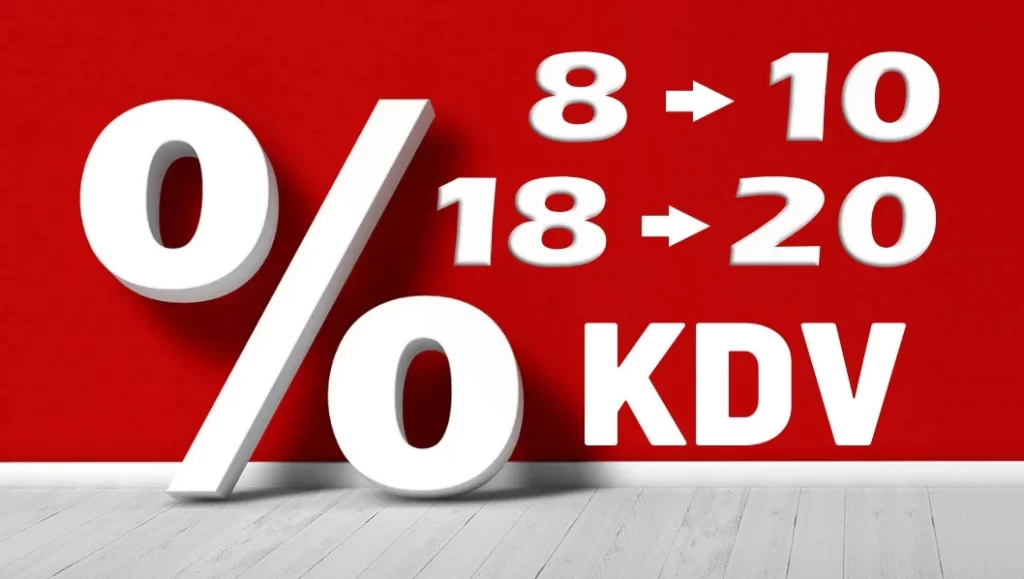
Correction of New Changed VAT Rates in SAP Systems
According to the “Decision Amending the Decision Regarding the Determination of VAT Rates to be Applied to Goods and Services” published in the 32241 numbered July 7, 2023 dated Official Gazette;
The VAT rate which was 18% has been raised to 20%,
The VAT rate which was 8% has been raised to 10%.
As you may be aware, VAT rates are occasionally updated due to changes in tax laws. These changes need to be accurately reflected in SAP systems.
Determining the New VAT Rates:
First and foremost, it is important to follow official tax authorities’ publications to determine the updated VAT rates. Once these new VAT rates are verified from these legislative sources, they should be applied to SAP systems.
Changes in Financial Statements:
To properly implement the new VAT rates in SAP systems, changes need to be made in relevant financial statements. Particularly, adjustments should be made in processes such as sales invoices, purchase orders, material pricing, and cost calculations. These changes will be performed within the financial modules of your SAP system.
Updating VAT Codes:
VAT codes in SAP systems should be updated to reflect the new VAT rates. Existing VAT codes corresponding to the current VAT rates should be modified or new VAT codes should be added. These code changes will be made in the tax configuration section of your SAP system.
Correction of Price Lists:
Changes in VAT rates should be corrected in product or service price lists. These price adjustments will be carried out in SAP systems based on product or service codes, pricing conditions, and sales organizations. It is crucial to integrate the updated VAT rates accurately into price lists.
Testing and Validation:
Testing and validation processes should be conducted to ensure that VAT rates are correctly corrected in SAP systems. During this process, tests should be performed on different scenarios and transactions, and the results should be verified. Once the testing phase is completed, the corrections can be applied in the live production environment.
Employee Training:
Lastly, employees should be informed about the changes in VAT rates and provided with necessary training. Personnel in relevant departments who use SAP systems should understand how to apply the new VAT rates and how the processes will be affected. This will ensure the effective implementation of the corrections in the system.
